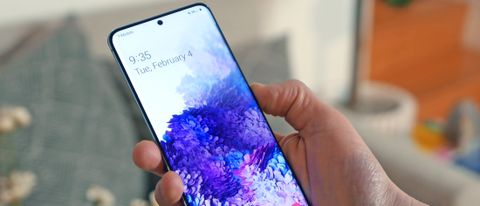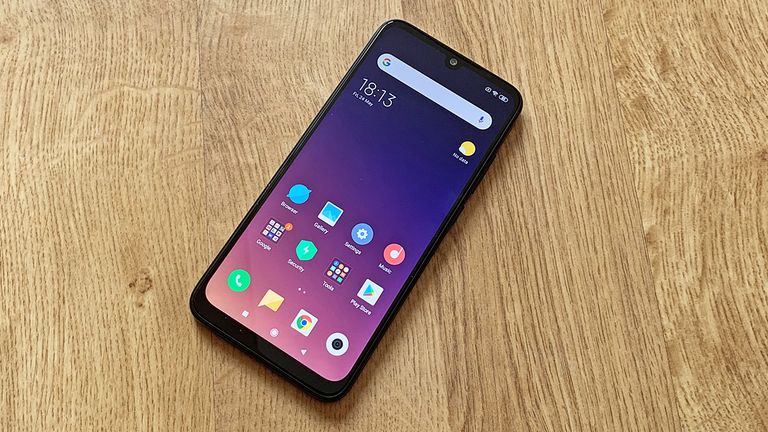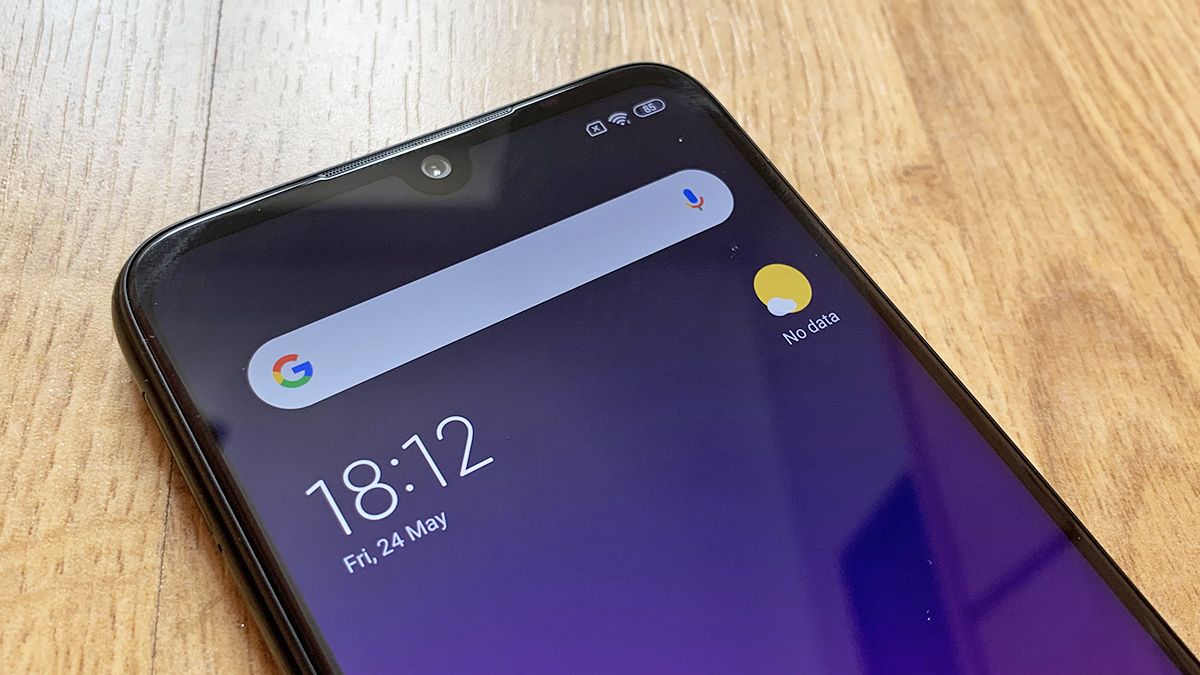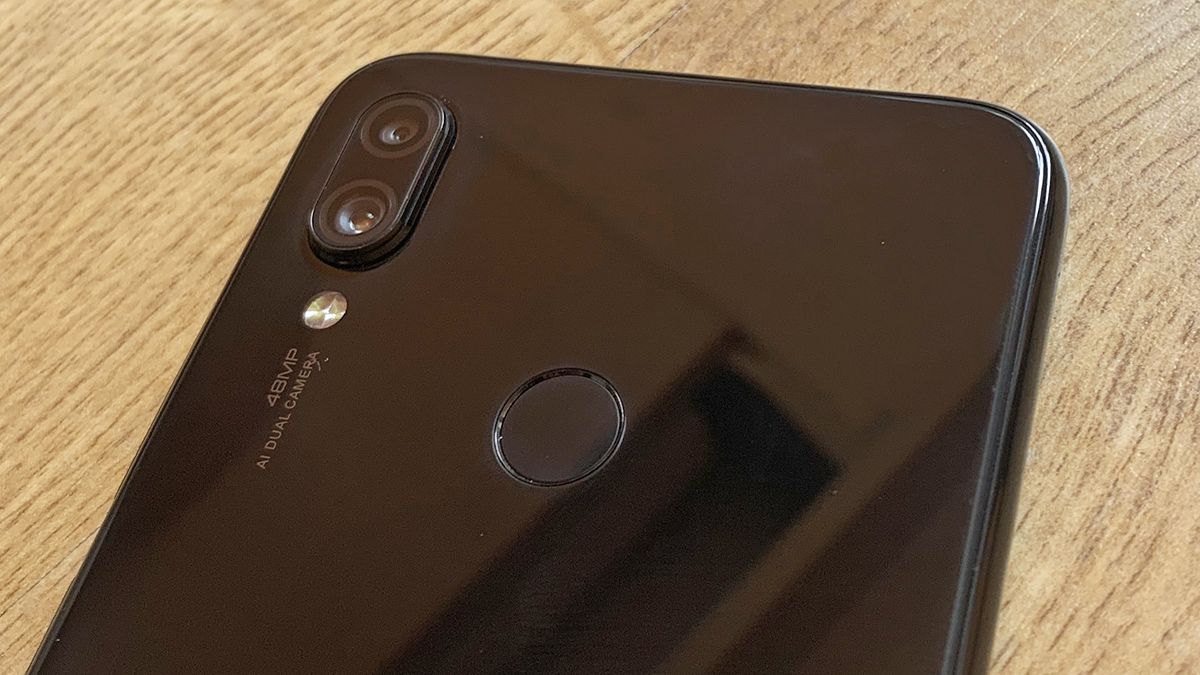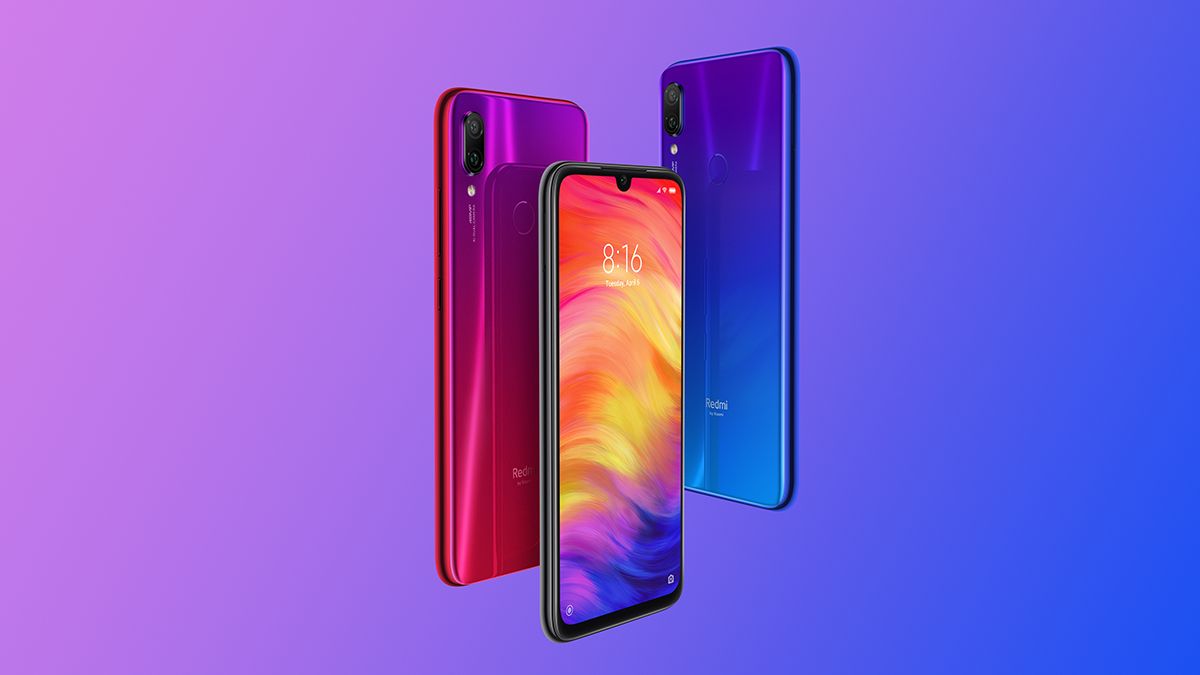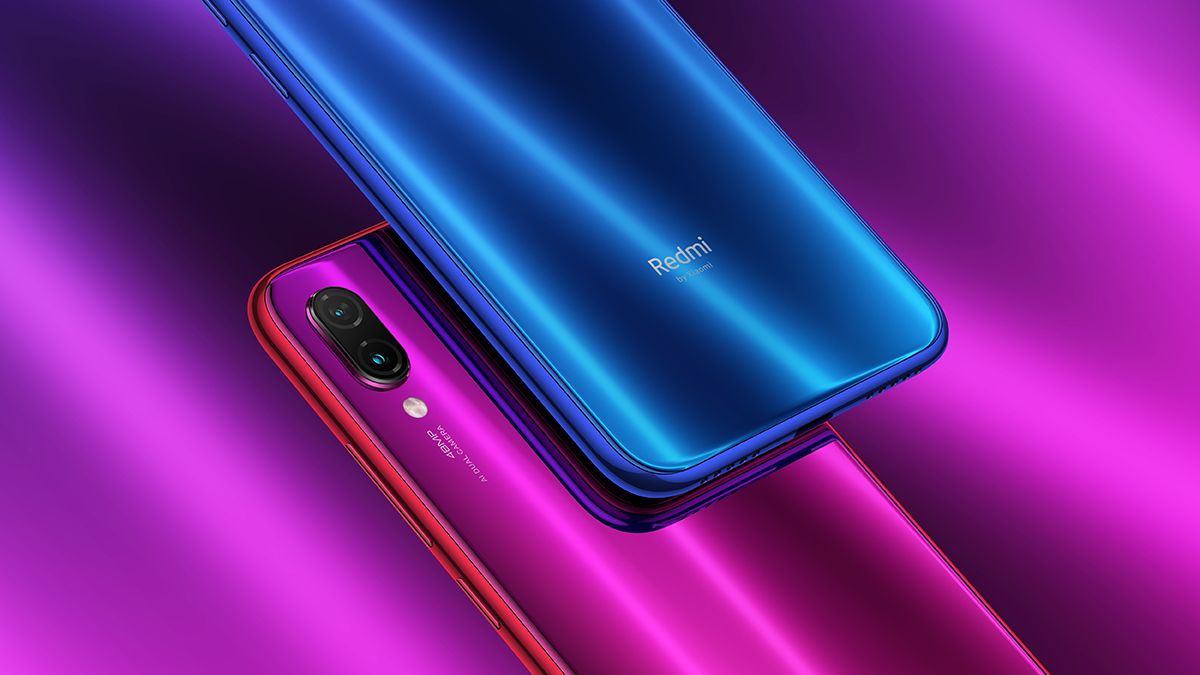Samsung Galaxy S20 review (hands on)
The Samsung Galaxy S20 is small, which is kind of weird to say for a 6.2-inch phone but also true. I mean, compared to the 6.7-inch display on the Galaxy S20 Plus and mammoth 6.9-inch Galaxy S20 Ultra, the Galaxy S20 is downright cute. But for people who like smartphones that are easier to use with one hand, the Galaxy S20 could be the best phone to get.
Just like its bigger and pricier brothers, the Galaxy S20 ($999) gives you a fluid 120Hz display, powerful new camera system that shoots multiple photos and videos at once and 5G connectivity.
If you want a more powerful 10x lossless zoom and bigger display, check out our Samsung Galaxy S20 Ultra review. And if you want a display in between the S20 and S20 Ultra, see our Samsung Galaxy S20 Plus review. Just keep in mind that the Plus and Ultra are pricier at $1,199 and $1,399.
We’ll be bringing you our full test results soon, but check out our hands-on Samsung Galaxy S20 review below and lots of impressions to help you figure out if this phone is right for you.
- Samsung Galaxy S20 Ultra review: Our verdict is in
- Samsung Galaxy S20 Plus review (hands on)
Samsung Galaxy S20 review: Price and release date
The Samsung Galaxy S20 arrives in stores March 6, but you can now pre-order the phone. The Galaxy S20 costs $999 and comes with 12GB of RAM and 128GB of storage standard. You can’t opt for a model with more RAM or storage but you can add up to 1TB of storage via the phone’s microSD card slot.
The Galaxy S20 is available through Samsung as well as through three out of the big four wireless carriers in the U.S., including AT&T, Sprint and T-Mobile. Verizon will be offering a Galaxy S20 in Q2 that's compatible with its mmWave 5G network.
If you want to secure your Galaxy S20, be sure to check out our guide on how to preorder the Galaxy S20. Some retailers and carriers are offering goodies, such as gift cards and additional credit toward a new S20 when you trade in your current smartphone. Anyone interested in snapping up one of Samsung's latest flagships for the least expense possible should have a look at the best Galaxy S20 deals out there before pulling the trigger.
Samsung Galaxy S20 review: Specs
| Price | $999 |
| Display | 6.2-inch quad-HD AMOLED; 120Hz refresh rate |
| Rear cameras | Triple-lens: 12MP primary (ƒ/1.8); 64MP telephoto with 3x lossless zoom (ƒ/2.0); 12MP ultrawide (ƒ/2.2) |
| Front camera | 10MP (ƒ/2.2) |
| Video | Up to 8K resolution at 24 fps |
| CPU | Qualcomm Snapdragon 865 |
| RAM | 12GB |
| Storage | 128GB |
| microSD | Yes, up to 1TB |
| Battery | 4,000 mAh |
| Size | 5.9 x 3 x 0.31 inches |
| Weight | 5.7 ounces |
Samsung Galaxy S20 review: Design
The Samsung Galaxy S20 doesn’t look radically different from the Galaxy S10, but there are some welcome refinements. The cutout for the front camera is smaller this time around, and it’s placed in the top center of the display instead of on the right side, so it’s less of a distraction. In addition, the display has less of a curve to it, which I appreciate because there’s less of a chance of accidental touches when you’re just shifting the phone in your hands.
I feel like it’s not a huge deal at this stage, but it’s definitely notable that the Samsung Galaxy S20 does not include a headphone jack. This is the first Galaxy S flagship phone missing this feature, so you’ll probably want check out our best wireless earbuds and best wireless headphones recommendations. If you want to keep it in the brand family, check out the new Samsung Galaxy Buds Plus, which promise 11 hours of battery life.

The Samsung Galaxy S20’s color options are not exciting, at least for now. There’s Cosmic Black, Cosmic Gray, Baby Blue and Baby Pink. I’m partial to the lighter Baby Blue, just because it looks and feels new. I would have liked to see something more captivating, like the Aura Glow finish that we saw in our Samsung Galaxy Note 10 review.

Samsung Galaxy S20 review: Cameras
Samsung has fallen behind the iPhone 11 and Pixel 4 in camera quality, but the Galaxy S20 looks to beat the competition with bigger sensors, a bigger zoom and new features that make it easier to shoot and share. The Samsung Galaxy S20 has a triple rear camera that starts with a 12-MP wide sensor that’s 1.8 microns. The telephoto lens uses a 64MP sensor that’s 0.8 microns and the 12MP ultra-wide camera uses a 1.4-micron sensor.
Why am I rattling off all these numbers? Well, the larger the sensor, the more light it lets in, which should result in brighter and sharper images. By comparison, the Galaxy S10’s wide-angle, telephoto and ultra-wide cameras were 1.4, 1 and 1 microns, respectively. So at least two of the lenses are significantly larger.
The Samsung Galaxy S20 doesn’t have the Galaxy S20 Ultra’s monster 100x Space Zoom, but it does have a more powerful zoom than the Galaxy S10. The Hybrid Optic Zoom goes up to 3x, which is supposed to be lossless zoom, and the digital zoom goes up to 30x. As you get closer to 30x the camera view gets shaky, but overall this is an improvement on the 2x zoom in the Galaxy S10.

My favorite Samsung Galaxy S20 camera feature is Single Take. When you press the shutter button in this mode, the phone takes a series of photos while also recording 10 seconds of video. The phone then gives you a gallery of results, including an AI Best moment, and ultra-wide shot, a Live Focus (portrait mode) pic, as well as a fast forward video that’s great for social and the original video.

The Galaxy S20 is a beast on the video front, as it can record 8K video at up to 24 frames per second. You’ll also be able to cast videos to Samsung 8K QLED TVs -- if you can afford one -- and take 33MP photos from 8K videos you might want to share.
The Samsung Galaxy S20’s front camera uses a 10MP sensor that’s 1.22 microns and a f/2.2 aperture. That’s the same resolution and size as the S10’s front camera but that camera had a f/1.9 aperture. Usually a lower number is better because more light passes through the lens, but we’ll see how the front cam performs in our testing.
Samsung Galaxy S20 review: Display
While a fast processor helps, the refresh rate of the display can make a phone feel smoother in everyday operation, whether you’re scrolling through webpages or playing games. The Samsung Galaxy S20’s 6.2-inch OLED display has 120Hz refresh rate, which is double the 60Hz rate on the Galaxy S10 and higher than the 90Hz screen on the OnePlus 7T.
Another plus? The Samsung Galaxy S20 sports a new 240Hz touch sensor that’s supposed to be more responsive. When using the phone during our hands-on time, the Galaxy S20 felt pretty fluid, and you can easily toggle between 60Hz and 120Hz in the display settings menu. The bad news is that selecting 120Hz dials the resolution down from quad HD to full HD.
Samsung Galaxy S20 review: Performance
As the first phone with Qualcomm’s Snapdragon 865 processor, the Samsung Galaxy S20 should provide speed aplenty, especially since it’s paired with a robust 12GB of RAM. Samsung is giving you control over how you use this memory, too, as you can assign up to three apps to be stored directly in RAM. The result should be near-instant load times for resource-intensive apps and games.
The Samsung Galaxy S20 comes with 128GB of storage and there isn’t a 512GB model as there is with the Galaxy S20 Plus and Galaxy S20 Ultra. Fortunately, you can add up to 1 TB of storage via the microSD card slot.
Samsung Galaxy S20 review: 5G
The Samsung Galaxy S20 supports 5G networks, so you should be able to enjoy faster speeds for surfing the web and downloading content on the go. However, the S20 does not yet support Verizon’s 5G network. That’s because this version of the S20 does not support mmWave technology.
At launch, the Galaxy S20 only operates on sub 6-GHz 5G networks, such as T-Mobile's. However, Verizon says that it will carry a version of the Galaxy S20 that does support 5G mmWave in Q2.
Samsung Galaxy S20 review: Battery life and charging
Given its 5G connectivity and 120Hz display, the Samsung Galaxy S20 will need a beefy battery to get you through the day. And Samsung has answered the call with a 4,500 mAh battery in this phone. The Galaxy S10 had a 3,400 mAh battery, so this is a big jump. Once we get the phone in for testing we’ll see how long it lasts on the Tom’s Guide Battery Test, which involves continuous web surfing.
Samsung Galaxy S20 review: Software
The Samsung Galaxy S20 comes with Samsung’s new One UI 2 software, which streamlines the interface to make it easier to jump into your favorite apps, change settings and more. This rides on top of Android 10, which includes great new features like Smart Reply, a dark mode and better privacy controls.
Samsung is also trying to build better experiences into the Galaxy S20, starting with Google Duo integration. Google’s answer to FaceTime, this video chat app is built right into the phone dialer and contacts apps, and you can video chat with up to 8 people. Plus, you can video chat in full HD for the first time.
Other software features include Music Share for sharing out your Bluetooth connection to your car (so someone else can control the playlist for a while) and Spotify integration with Bixby routines, so the Samsung Galaxy S20 will recommend playlists based on your preference and even the moment of the day.

Samsung Galaxy S20 review: Early Verdict
At $999, the Samsung Galaxy S20 isn’t cheap, but it is the most affordable new Galaxy S20 phone. It’s also the most compact phone in Samsung’s flagship lineup, making it the best choice for those looking for an Android device that won’t bulge out of their pockets or require two hands to operate. The star of the show is the new camera, which impresses with new features like Single Take and a more powerful zoom, but the jury is out on the image quality versus the iPhone 11 and Pixel 4.
If you want a 5G phone for your next handset, the Samsung Galaxy S20 isn’t the best choice, because it doesn’t support both sub 6-GHz networks and mmWave technologies like the S20 Plus and S20 Ultra do. Those phones are more future-proof. But if you want a premium Android phone that punches above its size, the Galaxy S20 should satisfy. Stay tuned for our final rating.
